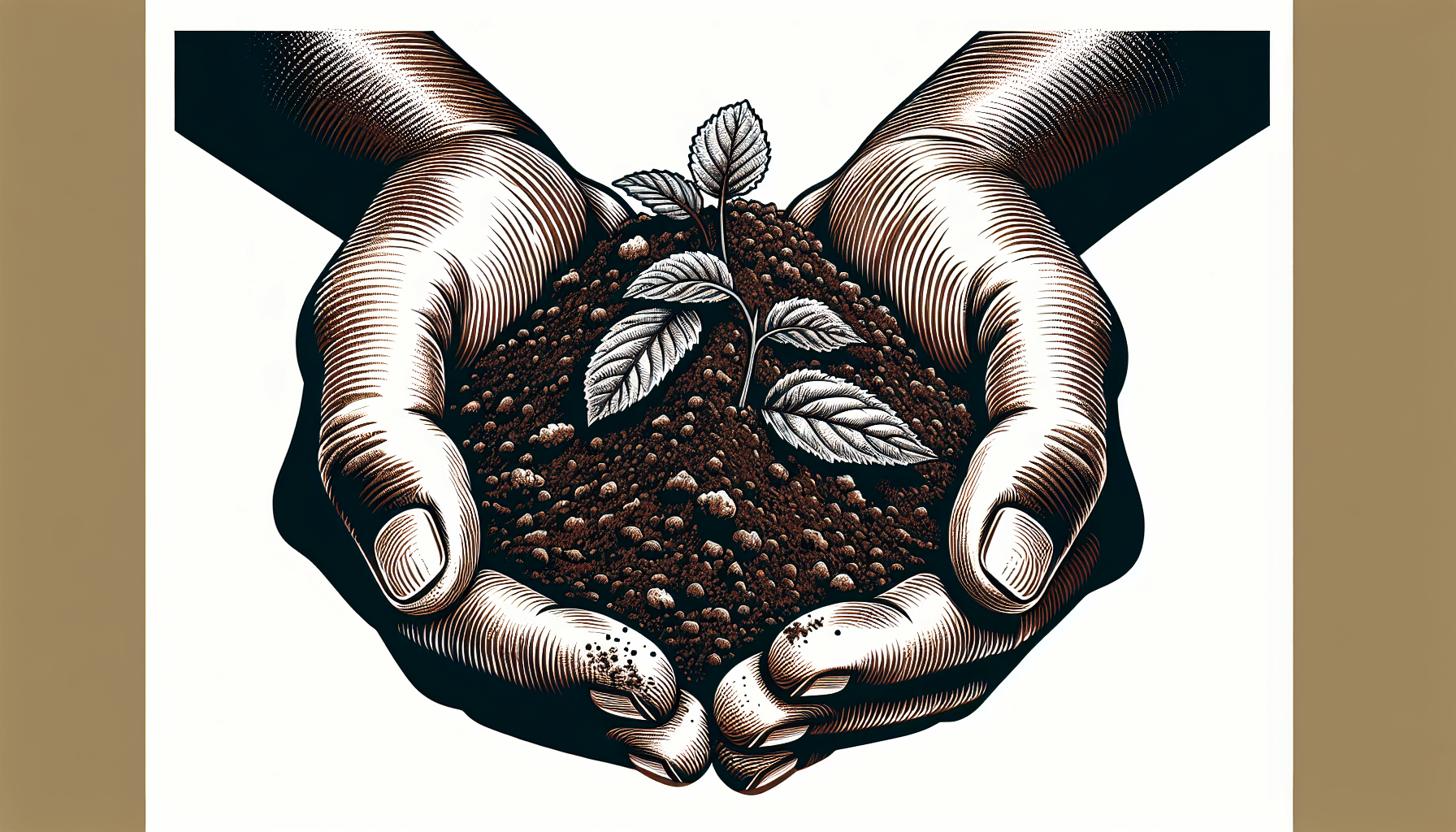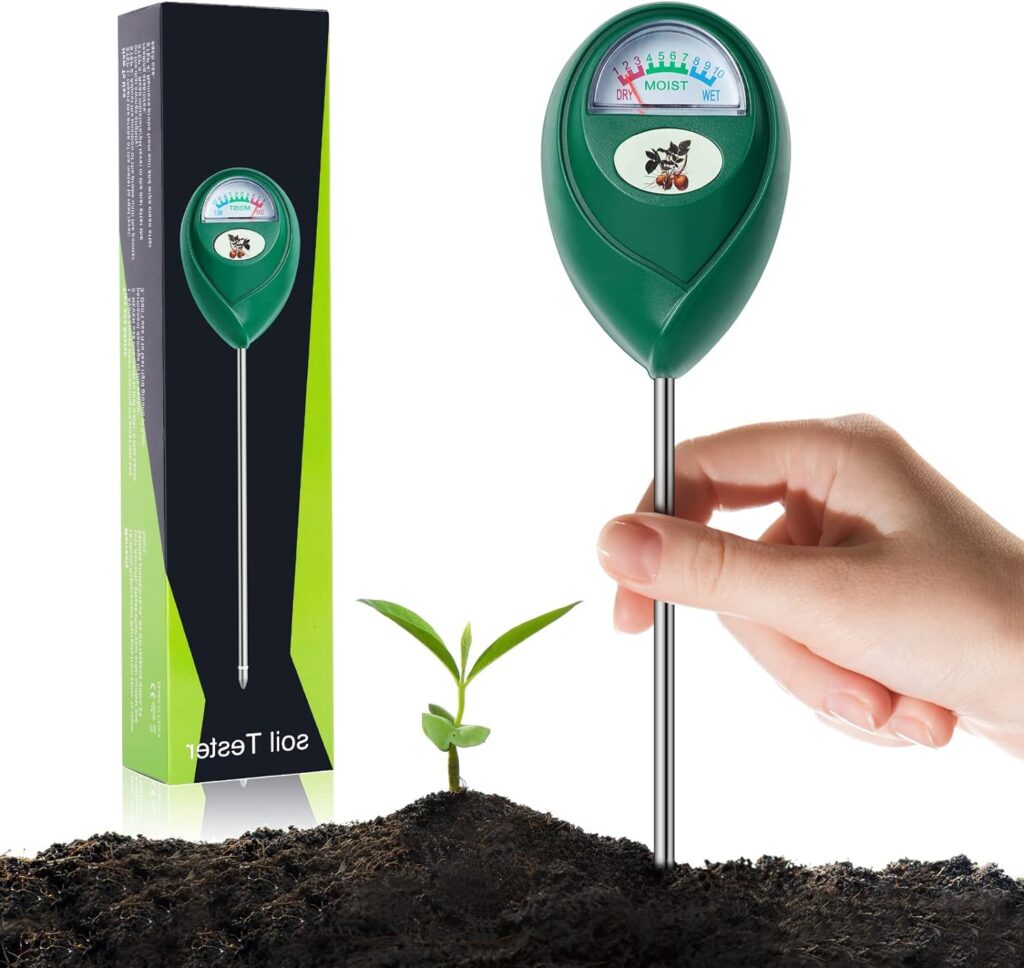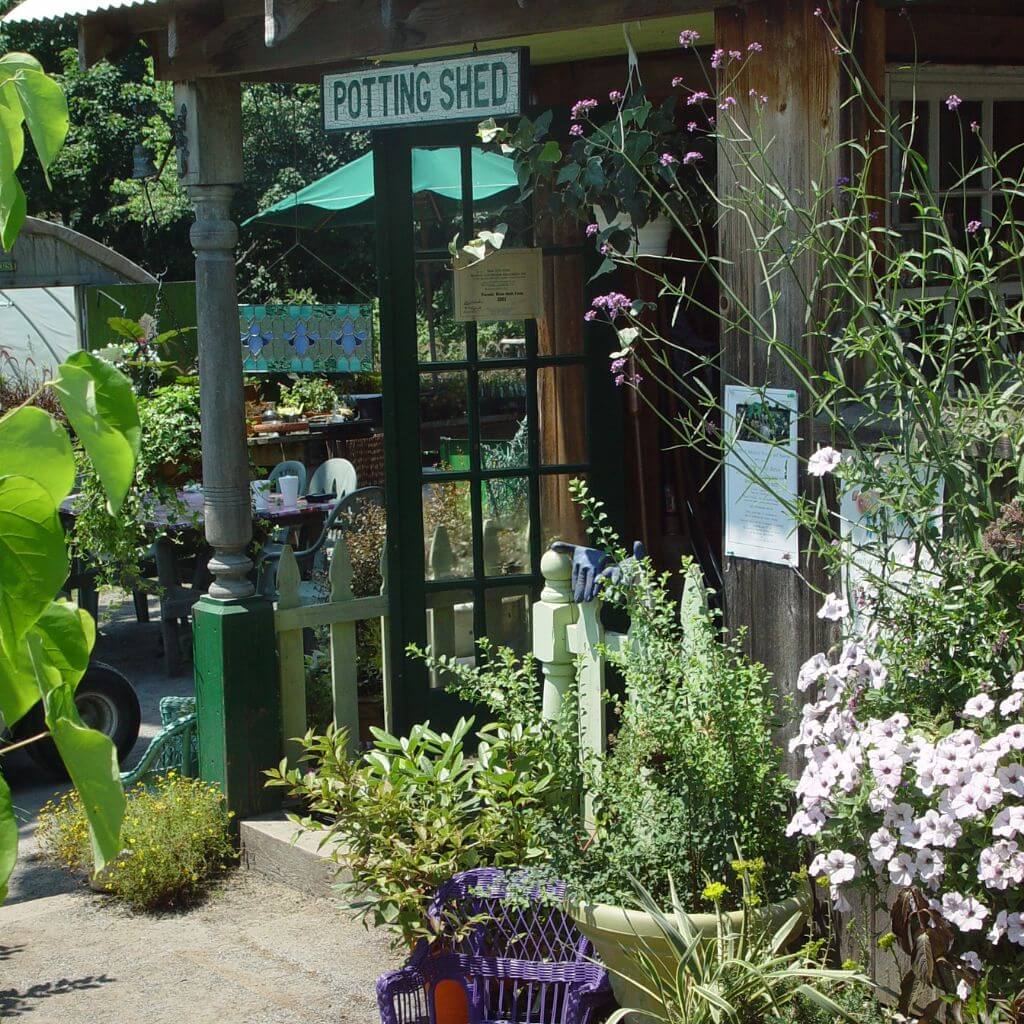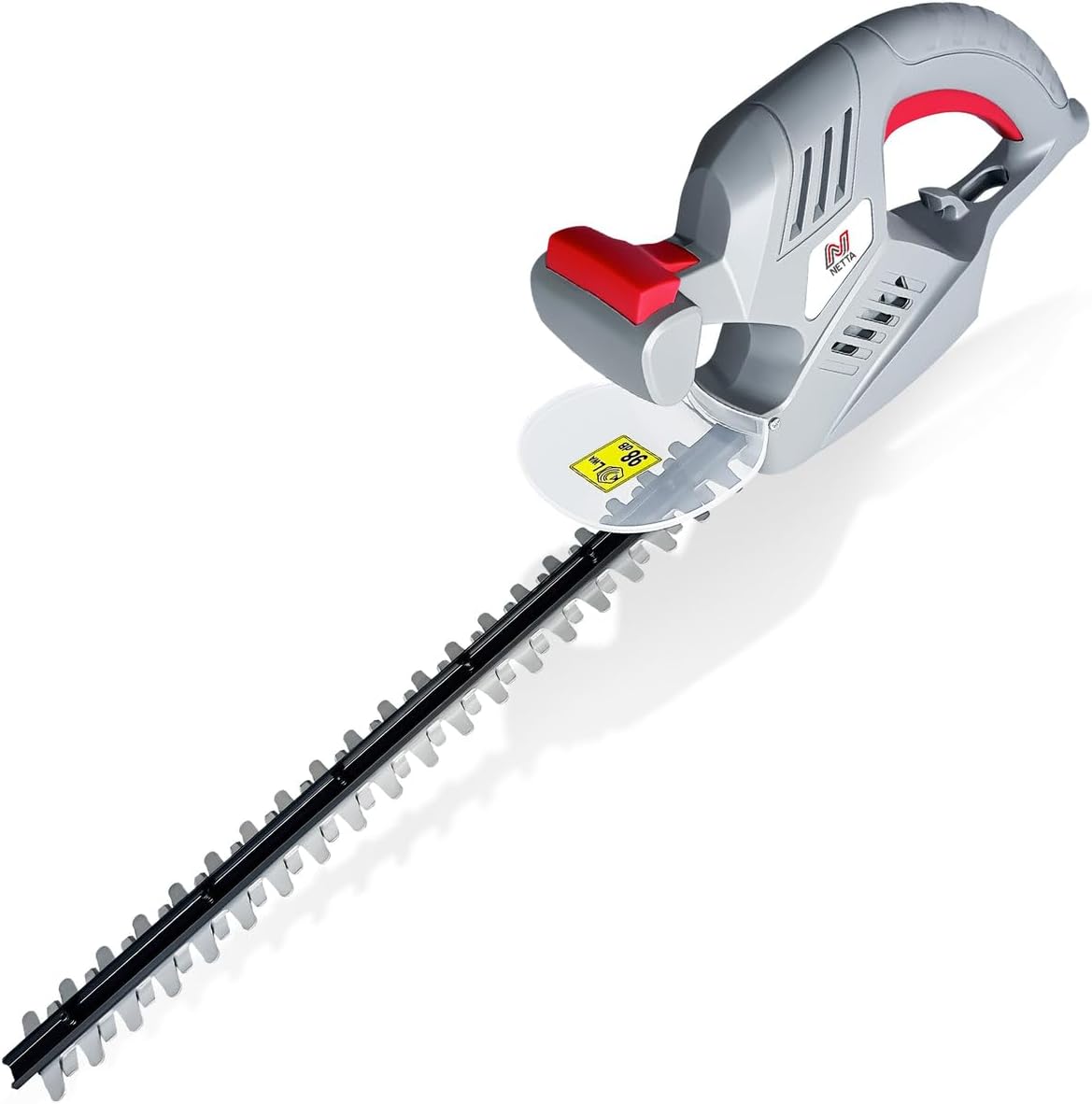
You may have heard the term “topsoil” before, but do you know what it is used for? Topsoil plays a vital role in gardening, landscaping, and agriculture. This nutrient-rich layer of soil, typically found in the uppermost six to eight inches of the ground, provides the essential elements necessary for plant growth. From creating a lush, green lawn to growing vibrant flowers or cultivating vegetables, topsoil serves as the foundation for successful gardening endeavors. In this article, we will explore the various uses and benefits of topsoil, helping you understand its significance in creating and maintaining healthy and thriving landscapes.
Agriculture | Topsoil
Crop Growth
Topsoil is essential for successful crop growth. It provides a fertile medium for the roots to penetrate and absorb nutrients, water, and oxygen. The organic matter in topsoil enhances soil structure, allowing proper root development and supporting the overall health of the plants. With the right balance of nutrients and moisture, crops can thrive and produce abundant yields.
Nutrient Supply
Topsoil is rich in essential nutrients such as nitrogen, phosphorus, and potassium, which are vital for plant growth. These nutrients are absorbed by the roots and used in various metabolic processes, contributing to healthy and productive crops. Topsoil can be amended with organic matter or fertilizers to replenish nutrients and ensure optimal conditions for plant growth.
Moisture Retention
Topsoil plays a crucial role in retaining moisture for plants. Its composition allows it to hold water while still providing adequate drainage. This is essential for preventing water-logging and promoting healthy root development. Additionally, the organic matter in topsoil acts as a sponge, absorbing and storing moisture, thus reducing the frequency and amount of irrigation needed.
Landscaping and Gardening

Soil Improvement
Topsoil is often used in landscaping and gardening projects to improve the quality of the existing soil. By adding topsoil, which is typically high in organic matter and nutrients, the soil’s structure can be enhanced, making it more suitable for plant growth. Along with better drainage and water retention, the improved soil quality promotes healthy root development and encourages flourishing plants.
Planting and Sowing
When planting or sowing seeds, topsoil is essential for successful establishment. It provides a supportive environment for roots to anchor, absorb nutrients, and access water. By incorporating topsoil with the existing soil, gardeners and landscapers ensure the best conditions for plant growth, leading to stronger, more resilient plants.
Erosion Control
Topsoil is an effective natural resource in controlling erosion. When exposed to heavy rainfall or strong winds, the top layer of soil is often at risk of being washed or blown away. By applying topsoil in areas prone to erosion, such as slopes or construction sites, the soil’s stability is improved. The increased organic matter and moisture retention properties of topsoil help bind the soil particles together, preventing erosion and protecting the underlying layers.
Construction
Foundation Preparation
Before constructing any building or structure, a solid foundation is crucial. Topsoil is used in foundation preparation to create a stable base. By removing excess topsoil and compacting the underlying soil, construction professionals can ensure a level and durable foundation. Proper preparation with topsoil reduces the risk of uneven settling or structural damages in the future.
Leveling and Grading
Topsoil is often used to level and grade the land before construction projects. By distributing topsoil evenly across the site, variations in elevation can be addressed, creating a level surface for construction. This ensures stability and uniformity in the finished project, whether it’s a new building or a landscaped area.
Drainage Improvement
To prevent water accumulation and potential damage, proper drainage is essential in construction projects. Topsoil is utilized to improve drainage by creating a slope that directs water away from the structure. The addition of topsoil helps in building up the ground level, allowing for effective water runoff and reducing the risk of water-related issues in the construction area.
Environmental Restoration
Ecosystem Rehabilitation
Topsoil plays a vital role in environmental restoration projects aimed at rehabilitating ecosystems. By introducing topsoil to areas that have been stripped of their natural soil due to activities like mining or logging, the ecological balance can be restored. Topsoil provides a fertile substrate for the establishment of vegetation and encourages the return of native plant species, supporting biodiversity and ecosystem health.
Stormwater Management
Stormwater runoff can cause pollution and erosion issues. Topsoil can be used in stormwater management projects to filter and absorb pollutants before they reach water bodies. By incorporating topsoil in rain gardens, swales, or detention ponds, the soil acts as a natural filter, removing sediments and chemicals from the water. Additionally, topsoil aids in water infiltration, helping to recharge groundwater supplies.
Combating Soil Erosion
Soil erosion is a significant environmental concern that can result in the loss of fertile topsoil and the degradation of ecosystems. Topsoil is a valuable tool in combating soil erosion, as its composition promotes soil stability. By applying topsoil to eroded areas or using erosion control techniques such as terracing or contour plowing, the risk of further erosion is reduced. The introduction of topsoil helps to rebuild valuable topsoil layers and restore the health of the affected land.4
Soil Amendments and Fertilizers
Enhancing Soil Fertility
Topsoil is instrumental in enhancing soil fertility. It contains a diverse range of organic matter, microorganisms, and nutrients that support healthy soil conditions. By incorporating topsoil into existing soils or using it as a base for planting, gardeners and farmers can improve the fertility of their land. This, in turn, leads to increased nutrient availability for plants, improved soil structure, and better overall crop yields.
Organic Matter Addition
Topsoil is a valuable source of organic matter, which is essential for building and maintaining healthy soils. By adding topsoil rich in organic matter, the soil’s structure is improved, allowing for better water retention, aeration, and nutrient availability. Organic matter also acts as food for beneficial soil organisms, enhancing soil health and promoting sustainable agricultural practices.
Correcting Soil pH
The pH level of soil can significantly impact plant growth and nutrient uptake. Topsoil can be used to correct soil pH by adjusting its alkalinity or acidity levels. By incorporating topsoil with the desired pH characteristics, gardeners and farmers can create an optimal environment for their crops. This ensures that nutrients are readily available for plant uptake, leading to healthier and more productive plants.

Composting
Microorganism Activity
Composting is a natural process that relies on the activity of microorganisms to break down organic materials into nutrient-rich soil amendments. Topsoil can be added to the composting process to introduce a diverse microbial community. These microorganisms play a crucial role in decomposing organic matter and transforming it into a valuable end product. The addition of topsoil enhances decomposition rates and ensures the production of high-quality compost.
Organic Material Decomposition
Topsoil is an essential component in the decomposition of organic materials during the composting process. By adding topsoil to the compost pile, the beneficial microorganisms present in the soil can aid in breaking down organic matter more efficiently. The organic matter within the topsoil acts as a catalyst for decomposition, contributing to the production of nutrient-rich compost that can be used to improve soil fertility.
Nutrient Recycling
Composting with topsoil allows for efficient nutrient recycling. As organic materials decompose, their nutrients become available in a form that plants can readily absorb. By incorporating topsoil into the composting process, the resulting compost is enriched with essential nutrients that can be returned to the soil. This nutrient recycling helps to maintain fertility, reduce the need for chemical fertilizers, and promote sustainable gardening and agricultural practices.
Soil Remediation
Removing Contaminants
Topsoil can be utilized in soil remediation efforts to remove contaminants and pollutants from the soil. Through a process known as phytoremediation, certain plants and microorganisms can extract or break down contaminants. By introducing topsoil rich in these plants or microorganisms, the remediation process can be enhanced. Topsoil acts as a carrier for the organisms involved and provides a conducive environment for their growth, aiding in contaminant removal.
Restoring Soil Health
Soil remediation involves not only removing contaminants but also restoring the overall health of the soil. Topsoil is a valuable tool in this restoration process, as it introduces beneficial organic matter, microorganisms, and nutrients. By incorporating topsoil into remediated areas, soil structure and fertility are improved, promoting the recovery and regeneration of healthy soils.
Preventing Groundwater Pollution
Contaminants present in soil can leach into groundwater, posing a threat to drinking water sources. Topsoil plays a vital role in preventing groundwater pollution by acting as a barrier between the contaminants and the groundwater table. The composition of topsoil, with its organic matter and porous structure, helps in trapping and filtering out pollutants, preventing their downward movement and potential contamination of groundwater.
Rain Gardens
Managing Stormwater Runoff
Rain gardens are designed to capture and manage stormwater runoff, preventing it from overwhelming drainage systems or causing erosion. Topsoil is an essential component in the construction of rain gardens as it provides a suitable growing medium for a variety of plants. The high organic matter content in topsoil aids in water infiltration and retention, reducing the volume and velocity of runoff entering the garden.
Improving Water Quality
Rain gardens, with the help of topsoil, can significantly improve water quality. The combination of topsoil and plants in a rain garden acts as a filter for pollutants carried by stormwater runoff. The layers of soil and the root systems of the plants naturally trap and absorb contaminants, preventing them from reaching local water bodies. The result is cleaner, healthier water that benefits both the environment and human populations.
Enhancing Biodiversity
Rain gardens constructed with topsoil promote the establishment of diverse plant species. The fertile topsoil provides a nourishing environment, allowing for the growth of a wide range of plants, including native species. This diversity attracts various insects, birds, and other wildlife, enhancing biodiversity and creating a thriving ecosystem. Rain gardens made with topsoil contribute to the conservation of local flora and fauna while providing valuable ecological services.
Potting Mix and Seed Starting

Seed Germination
Topsoil is often used in potting mixes and for seed starting due to its favorable properties for seed germination. The loose structure and nutrient-rich composition of topsoil provide an ideal environment for seeds to sprout and develop into healthy seedlings. Seeds placed in topsoil have access to essential nutrients and the moisture necessary for germination, ensuring a successful start to their growth.
Root Development
When transplanting seedlings or potted plants, topsoil is essential for promoting strong root development. The loose and porous structure of topsoil allows roots to penetrate easily, facilitating the establishment of an extensive root system. With adequate nutrient availability and moisture retention, topsoil encourages robust and healthy root growth, increasing the plant’s ability to absorb water and nutrients from the surrounding soil.
Supporting Plant Growth
Topsoil is a key component in potting mixes and seed starting because it provides the necessary support for plant growth. The structure and composition of topsoil allow it to hold moisture and nutrients, providing plants with a continuous supply for optimal growth. Additionally, topsoil provides stability to potted plants or seedlings, ensuring they remain upright and supported as they develop and mature.
Sports Fields and Golf Courses
Durability and Resilience
Topsoil has characteristics that make it highly desirable for the construction and maintenance of sports fields and golf courses. Its composition provides the necessary durability and resilience required for handling regular use and foot traffic. Topsoil’s ability to withstand compacting and its resistance to erosion make it an ideal choice for creating playing surfaces that can withstand intense activity and maintain their integrity over time.
Turfgrass Establishment
Topsoil is a vital component in establishing and maintaining healthy turfgrass on sports fields and golf courses. By incorporating topsoil during the initial preparation and ongoing maintenance, the soil’s condition is enhanced, providing an optimal growing environment for turfgrass. The organic matter and nutrients in topsoil support the growth of a dense and resilient turf, ensuring a robust playing surface that can withstand the rigors of sporting activities.
Moisture Regulation
Moisture regulation is crucial for sports fields and golf courses to maintain ideal playing conditions. Topsoil plays a key role in this aspect by retaining sufficient moisture while allowing excess water to drain away. The composition of topsoil enables it to hold moisture in the root zone, ensuring the turf receives the necessary hydration. Proper moisture regulation contributes to healthy turf growth and helps prevent issues such as compaction and surface runoff.
In conclusion, topsoil is a versatile resource that finds application in various fields, from agriculture and construction to environmental restoration and gardening. Its crucial role in supporting plant growth, improving soil quality, and preventing environmental issues makes it an invaluable asset. Whether it’s providing the foundation for successful crop growth, enhancing the fertility of the soil, or aiding in erosion control, topsoil plays a significant role in shaping our landscapes, sustaining ecosystems, and supporting our agricultural and horticultural endeavors.














